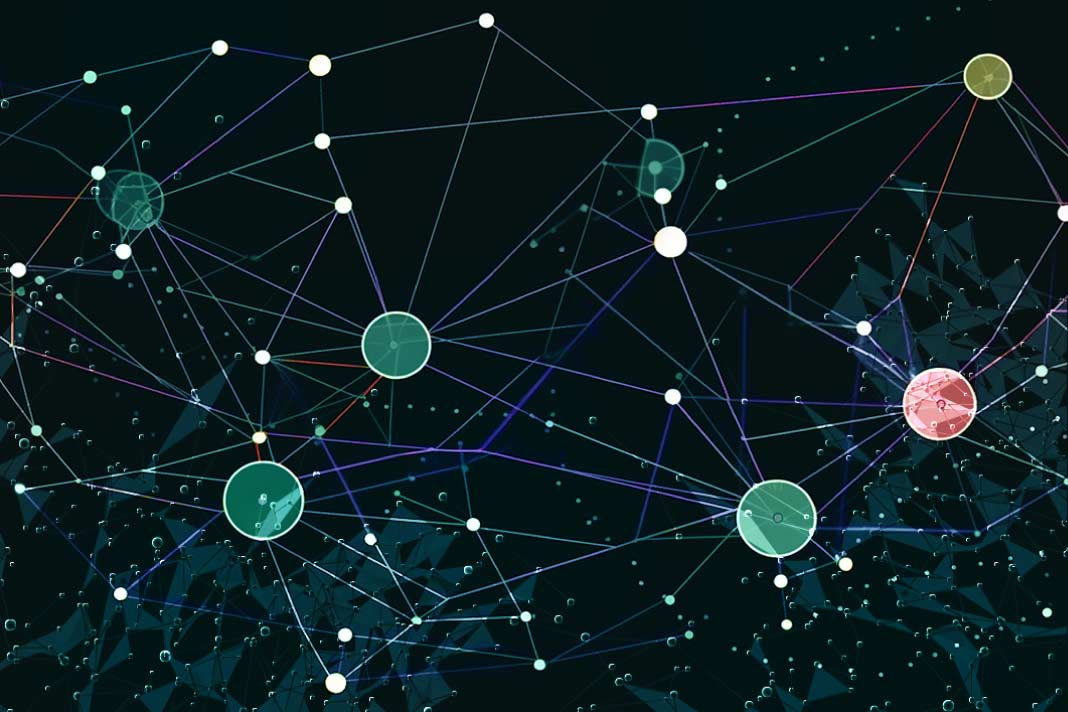Are you unsure where your data comes from or how it’s used? Data lineage is the key to understanding data flow, improving quality, and ensuring compliance. Learn more!
In today’s data-driven world, businesses rely on a constant flow of information to make informed decisions. However, with data residing in various sources and undergoing transformations throughout its lifecycle, it becomes crucial to ensure its accuracy and traceability. This is where data lineage comes in.
What is Data Lineage?
Data lineage is the process of understanding, tracking, and documenting the origin, flow, and transformations of a piece of data throughout its journey within a system. It’s essentially a data roadmap, revealing:
- Data Source: Where does the data originate? Internal systems like CRMs or external sources like social media platforms.
- Transformations: What manipulations or changes does the data undergo? This might include cleaning, filtering, aggregation, or calculations.
- Destination: Where does the data ultimately reside? This could be data warehouses, dashboards, or reports.
Benefits of Data Lineage
- Improved Data Quality: Understanding data transformations can help identify potential errors or inconsistencies early on, leading to higher data quality and more reliable insights.
- Enhanced Regulatory Compliance: Data lineage helps demonstrate adherence to data privacy regulations like GDPR and CCPA by providing a clear audit trail for data usage.
- Efficient Data Governance: Knowing where data comes from and how it’s used empowers businesses to implement effective data governance practices.
- Faster Troubleshooting: When issues arise, data lineage allows you to quickly pinpoint the source of the problem and resolve it efficiently.
- Improved Decision-Making: By understanding the history and context of your data, you can make more informed and data-driven decisions.
Also Read: Explained: CACTUS Ransomware
Types of Data Lineage
- Forward Lineage: Tracks the data flow from its source to its final destination.
- Backward Lineage: Traces the data journey backward from a specific time or point.
- Impact Analysis: Identifies the impact of changes made to a specific data element on downstream processes and reports.
Data Lineage Implementation
There are various approaches to implementing data lineage, depending on the complexity of your data ecosystem and budget. Here are some options:
- Manual Documentation: This is a time-consuming and error-prone process, but it can be sufficient for small setups.
- Custom-Built Solutions: Companies can develop in-house tools to track data lineage, offering high levels of customization but requiring significant technical expertise.
- Data Lineage Tools: Several software solutions automate data lineage capture and visualization, making it easier to manage and analyze data flows.
What to Consider When Choosing a Data Lineage Tool
- Data Sources Supported: Ensure the tool can handle the variety of data sources in your system.
- Level of Automation: Evaluate the level of automation offered for data lineage capture and analysis.
- Usability and Reporting: Choose a tool with a user-friendly interface and robust reporting capabilities.
- Scalability and Integration: Consider how the tool can scale with your evolving data needs and integrate with existing systems.
The Future of Data Lineage
Data lineage is poised to become even more critical as data complexity and regulations increase. Here’s what to expect:
- Advanced Automation: AI and machine learning will be more prominent in automating data lineage capture and analysis.
- Real-Time Visibility: Data lineage tools will offer real-time insights into data flows, enabling proactive issue identification.
- Cloud-Based Solutions: Cloud-native data lineage solutions will gain traction due to their scalability and ease of implementation.
- Integration with Data Governance: Data lineage will become a core component of data governance frameworks, ensuring comprehensive data management.
Conclusion
Data lineage is no longer a luxury; it’s necessary for businesses that rely on accurate and reliable data. Implementing a data lineage solution ensures data quality, improves decision-making, and establishes a solid foundation for a data-driven future.



